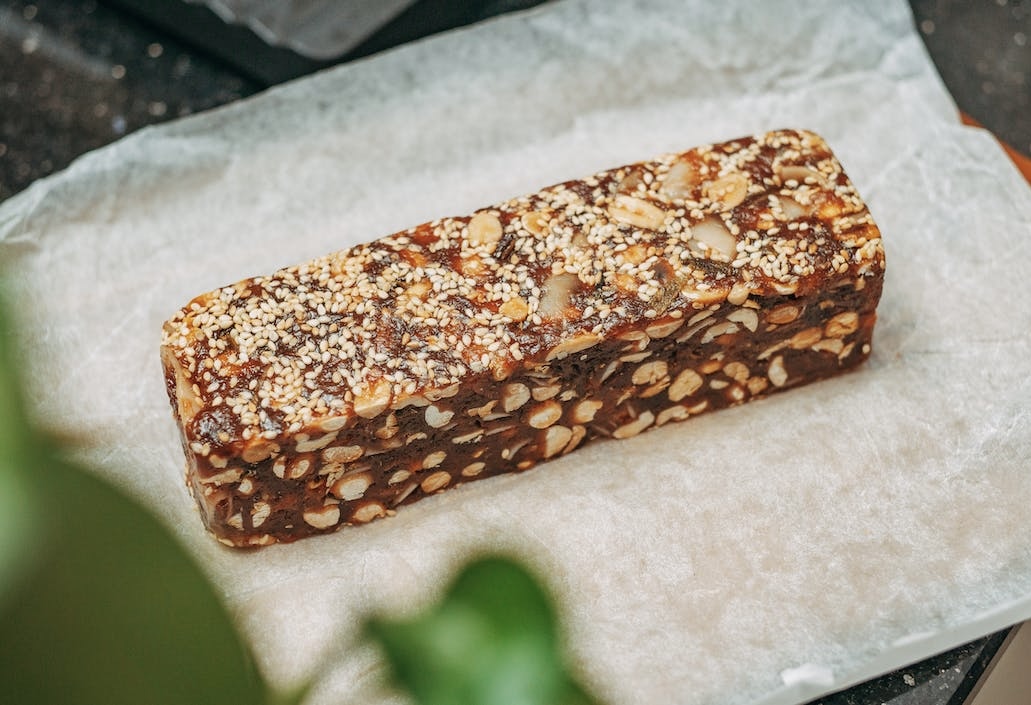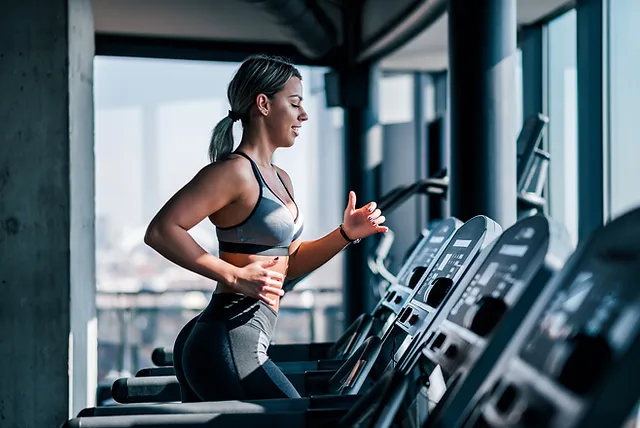Yoga is a transformative practice that blends physical postures, breath control, and mental focus to create harmony within the body and mind. While it’s often associated with flexibility and relaxation, yoga is equally powerful in enhancing strength and balance. Whether you’re seeking to build physical endurance, improve coordination, or simply feel more stable in your everyday movements, incorporating strength and balance-focused yoga asanas (poses) into your routine can provide profound benefits.
This guide will explore key
yoga asanas specifically designed to strengthen the body and improve balance. Whether you’re a beginner or an experienced practitioner, these poses will challenge and develop both your physical and mental strength, ensuring a well-rounded yoga practice.
1. Mountain Pose (Tadasana): The Foundation for Strength and Balance
Though seemingly simple, Mountain Pose is the foundational pose for building strength and balance. Tadasana teaches proper posture, engages the core, and provides a solid base from which all other asanas can flow. It also connects you to the present moment, helping to ground and center your body.
How to Perform Mountain Pose:
• Stand tall with your feet together, grounding through the four corners of your feet.
• Engage your quadriceps and lift your kneecaps, drawing your thighs upward.
• Lengthen your spine, lifting your chest and keeping your shoulders relaxed.
• Extend your arms by your sides with your palms facing forward or overhead.
• Hold the position for several breaths, focusing on maintaining strong alignment.
Benefits:
• Strengthens legs and core.
• Improves posture and alignment.
• Enhances balance and stability.
2. Warrior I (Virabhadrasana I): Building Lower Body Strength
Warrior I is a dynamic standing pose that builds lower body strength, improves balance, and stretches the hips and chest. This pose helps strengthen the legs, core, and arms, making it excellent for building endurance. Warrior I also encourages mental focus and stability.
How to Perform Warrior I:
• Start in a standing position and step your right foot back about 3-4 feet, ensuring your feet are hip-width apart.
• Bend your front knee to 90 degrees, keeping the back leg straight and grounded.
• Raise your arms overhead, keeping them parallel to each other with palms facing inward.
• Ensure your hips face forward and your chest stays open.
Benefits:
• Strengthens legs, arms, and core.
• Increases balance and stability.
• Opens the hips and chest.
3. Warrior II (Virabhadrasana II): Enhancing Stability and Focus
Warrior II is another version of the warrior pose, but with more emphasis on strengthening the legs and improving overall balance. It also opens the hips and shoulders, which improves flexibility while building stamina and focus.
How to Perform Warrior II:
• From Warrior I, rotate your hips and shoulders so they face the side of your mat.
• Keep the front knee bent to 90 degrees, ensuring it is aligned with your ankle.
• Extend your arms out to the sides, parallel to the floor, with palms facing down.
• Keep your gaze forward, over your front hand.
Benefits:
• Strengthens the legs, arms, and core.
• Improves concentration and focus.
• Stretches the chest, hips, and inner thighs.
4. Tree Pose (Vrksasana): A Balance-Boosting Asana
Tree Pose is a standing balance posture that requires focus, concentration, and coordination. This pose strengthens the feet, legs, and core while opening the hips and improving mental focus. It’s an ideal posture for enhancing balance and building strength simultaneously.
How to Perform Tree Pose:
• Stand with your feet hip-width apart, then shift your weight to your left foot.
• Bring your right foot to the inner left thigh or calf (avoid placing it directly on the knee).
• Press the sole of your right foot into your left leg and bring your palms together in front of your chest or extend your arms overhead.
• Hold the position for several breaths, focusing on steadying your gaze on a fixed point in front of you.
Benefits:
• Strengthens the legs, feet, and core.
• Improves balance, coordination, and concentration.
• Opens the hips and stretches the inner thighs.
5. Chair Pose (Utkatasana): Strengthening the Lower Body
Chair Pose is a powerful standing posture that builds strength in the legs, glutes, and core while also challenging balance. It activates the muscles in the lower body and helps increase endurance and stamina. This pose is perfect for strengthening the body and enhancing focus.
How to Perform Chair Pose:
• Stand with your feet hip-width apart and bend your knees as if sitting into an imaginary chair.
• Keep your knees behind your toes and engage your thighs to deepen the bend.
• Raise your arms overhead, with your palms facing each other or parallel.
• Keep your chest lifted and your spine straight, maintaining balance while holding the pose.
Benefits:
• Strengthens the thighs, glutes, and core.
• Improves balance and endurance.
• Activates the arms and shoulders.
6. Plank Pose (Phalakasana): Building Core and Arm Strength
Plank Pose is a fundamental core-strengthening pose that engages the entire body. It builds strength in the arms, shoulders, core, and legs, while also promoting balance and stability. This pose requires mental focus and physical endurance, as it challenges the practitioner to hold the body in a straight line while maintaining steady breathing.
How to Perform Plank Pose:
• Start in a tabletop position with your wrists under your shoulders and knees under your hips.
• Step your feet back, keeping your body in a straight line from head to heels.
• Engage your core, lift your chest, and avoid sagging in the lower back.
• Hold the pose for several breaths, maintaining stability in the arms and legs.
Benefits:
• Strengthens the core, arms, shoulders, and legs.
• Improves posture and body alignment.
• Enhances focus and balance.
7. Side Plank (Vasisthasana): Strengthening the Obliques and Improving Balance
Side Plank is an excellent pose for strengthening the arms, shoulders, and obliques while enhancing balance and stability. It requires the practitioner to balance on one hand and one foot, engaging the core and stabilizing the entire body. This pose is great for improving lateral balance and developing upper body strength.
How to Perform Side Plank:
• Start in Plank Pose, then shift your weight onto your right hand and the outside of your right foot.
• Stack your left foot on top of your right foot and extend your left arm toward the ceiling.
• Keep your body in a straight line, engaging your core and lifting your hips.
• Hold the pose for several breaths, then switch sides.
Benefits:
• Strengthens the arms, shoulders, and obliques.
• Improves balance and coordination.
• Tones the core and legs.
8. Boat Pose (Navasana): Strengthening the Core and Improving Balance
Boat Pose is a powerful core-strengthening pose that targets the abdominal muscles while also engaging the hip flexors, back, and legs. It challenges balance by requiring the practitioner to hold their body in a V-shape while balancing on the sit bones. This pose is excellent for improving both strength and balance.
How to Perform Boat Pose:
• Sit on the floor with your knees bent and feet flat on the floor.
• Lean back slightly and lift your legs, bringing your shins parallel to the floor.
• Extend your arms forward, parallel to the ground, while engaging your core to hold the position.
• Hold for several breaths, keeping your spine straight and your legs engaged.
Benefits:
• Strengthens the core, especially the abdominals and hip flexors.
• Improves balance and coordination.
• Tones the legs and spine.
9. Crow Pose (Bakasana): Building Upper Body Strength and Balance
Crow Pose is an arm balance that builds strength in the arms, shoulders, and core while improving balance and focus. This pose challenges both physical strength and mental concentration, as the practitioner must balance the entire body on the hands.
How to Perform Crow Pose:
• Start in a squat position with your feet close together and your knees bent.
• Place your hands on the floor in front of you, shoulder-width apart, with your fingers spread wide.
• Shift your weight forward, bringing your knees to your upper arms, and begin lifting your feet off the floor.
• Hold the position for several breaths, focusing on balance and core engagement.
Benefits:
• Strengthens the arms, wrists, and core.
• Improves balance and focus.
• Tones the legs and abdominal muscles.
10. Wheel Pose (Urdhva Dhanurasana): Building Flexibility, Strength, and Balance
Wheel Pose is a backbend that requires flexibility, strength, and balance. It engages the arms, shoulders, and legs while opening the chest and spine. This powerful pose strengthens the entire body while improving posture and flexibility.
How to Perform Wheel Pose:
• Lie on your back with your knees bent and feet flat on the floor.
• Place your hands on the floor next to your ears, with fingers pointing toward your shoulders.
• Press into your hands and feet to lift your hips and chest toward the ceiling, creating an arch in the back.
• Hold the pose for several breaths, maintaining balance and stability.
Benefits:
• Strengthens the arms, legs, and core.
• Increases flexibility in the spine, chest, and shoulders.
• Improves balance and coordination.
Conclusion
Yoga asanas for strength and balance provide a powerful way to improve physical endurance, mental focus, and overall well-being. By incorporating these poses into your routine, you’ll not only build strength in key muscle groups but also enhance your ability to maintain stability and coordination in everyday activities. As you progress in your practice, remember to listen to your body, focus on alignment, and breathe deeply to achieve the maximum benefits from each asana. Whether you’re new to yoga or have been practicing for years, these poses will help you cultivate both inner and outer strength, bringing greater balance to your life.

























